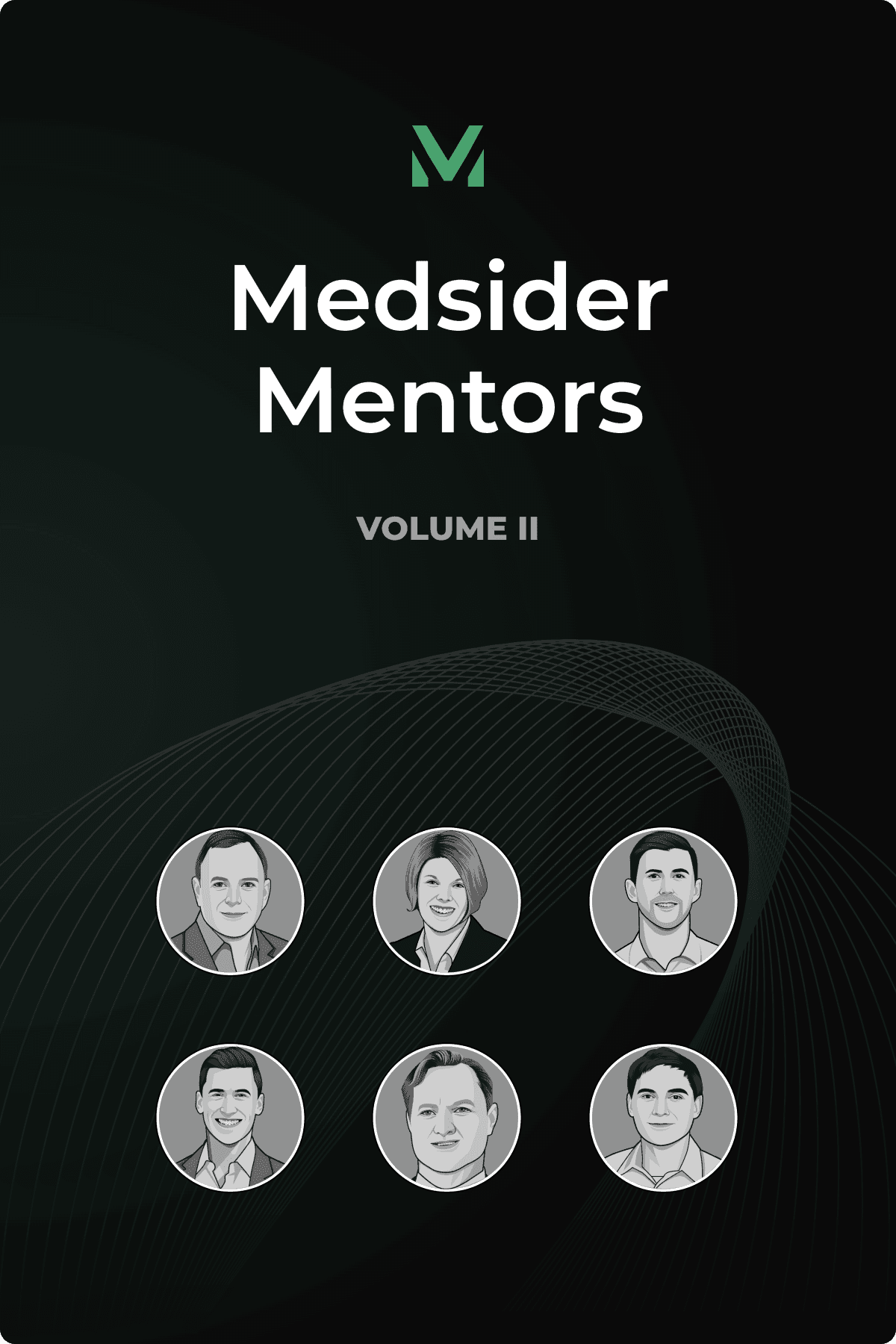Grit and the Power of Showing Up
Interview with Venture Capitalist Anish Kaushal

Anish Kaushal is an ex-physician turned writer, podcaster, and VC investor.
He Initially set out to be a medical doctor, but his life and career path took several sharp turns. He is now a key member of Amplitude Ventures, a Canadian VC firm specializing in life sciences, including medtech. His book, From Here To There: A Niche Guide to Navigating Career Transitions, published in 2023, delves into his journey in greater detail.
In this Medsider episode, Anish told us the non-linear story of his career, fundraising insights from a VC’s point of view, as well as his thoughts on career transitions and how to manage them in today’s world.
Anish’s Story: From Doctor to Venture Capitalist
Anish Kaushal was born and raised in Toronto, Canada, and had a childhood dream of becoming a doctor. However, during high school years, other subjects like economics caught his interest. His natural curiosity in both hard sciences and business was going to lead to a crossroads later in his life. Upon finishing high school, he applied to both business and science programs, but the safer choice, at the time, was to attend medical school in the UK, even though it meant moving all the way to Scotland when he was 17.
Anish first studied at the University of St. Andrews, followed by three years at the University of Edinburgh. He also worked at hospitals each summer, immersing himself in clinical research and labs. At the time, Anish was all set to become a doctor. However, despite his notable academic achievements, a failed exam during his final year cost him a year of not being able to secure residency. Yet, Anish was resolute in his decision to forge a new path and was able to create opportunities from this seeming setback.
During that year's hiatus from medicine, Anish took the opportunity to explore other industries. He sought advice from professionals in banking, consulting, and pharmaceuticals. Unfortunately, their unanimous advice was to return to medicine, Yet Anish felt differently: Inspired by his father, he decided to explore the world of venture capital. But how does one do that, especially without any contacts in the industry?
“I basically looked up the top 75 VC firms in healthcare around the world, and I just cold emailed them,” he shares. As you can imagine, most didn’t respond. But the few that did, led to his internship at M Ventures in Amsterdam, where he worked with a corporate venture team on therapeutics for six months, experiencing first-hand how a corporate VC operates. However, Anish realized midway that he wouldn’t have a job post-internship.
He then reached out to more than 100 VC firms in just a few months, doing so “through sheer force, will, and resilience”. That’s how he joined Amplitude Ventures, a VC firm in Anish’s home country, Canada. The firm was just starting out at the time, and Anish’s contributions were instrumental in raising substantial funds. Today, managing a fund of over half a billion dollars, Amplitude Ventures is one of the major contributors to Canada’s healthcare ecosystem with more than 15 startups in their portfolio.
Anish concludes with a thought that resonates with many: "None of us know what we're doing. We're all figuring it out as we go, every day." The point is to be resilient and keep showing up. He is a strong believer in the notion of a tiny bit of improvement every day. That was the mindset when he started writing a blog in 2021 and dedicated himself to writing a post every day. Today, he’s a published author.
Anish’s story isn’t just an inspiring tale of finding one’s own niche. He shares valuable, real-world insights for aspiring medtech entrepreneurs from a VC’s perspective, as well as life lessons for anyone who’s contemplating a career shift.
Anish’s Insights as a Venture Capitalist
Get to the bottom of the problem you’re solving. Clearly define the gap, the solution, the regulatory process, and how it’s going to be reimbursed. Show VCs that you're not improvising and that you have a well-considered roadmap with clear, achievable milestones.
To make a memorable pitch deck, keep it short and clean. Know your audience, personalize your pitch, include hard evidence, invest in design and readability, and deliver all these in a story that resonates.
Always be in fundraising mode. You won't always get an intro so be proactive in approaching people and telling your story. Find them online and send them emails. And don’t be afraid to approach other players in the industry as they often know about the best opportunities.
You May Like These Articles
Medsider Premium
Become a premium member and unlock access to exclusive Medsider benefits.



